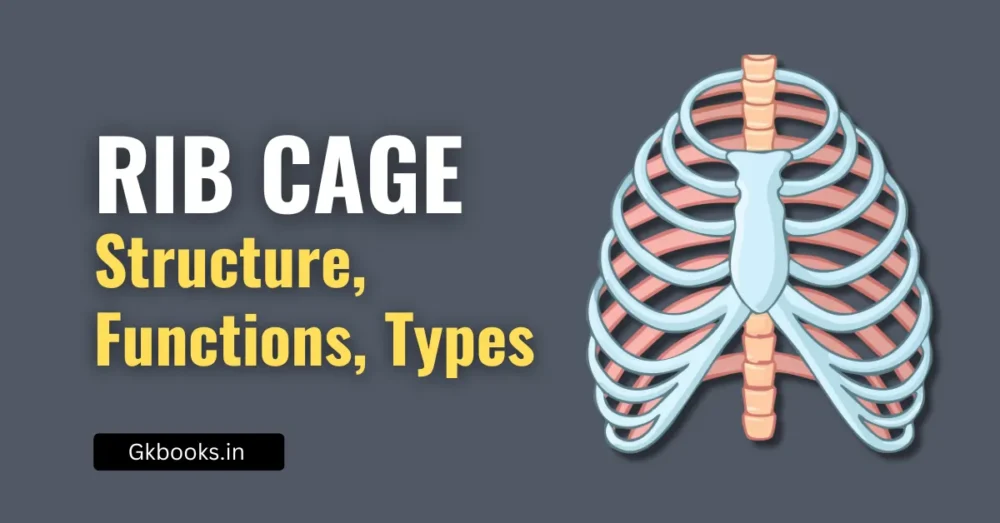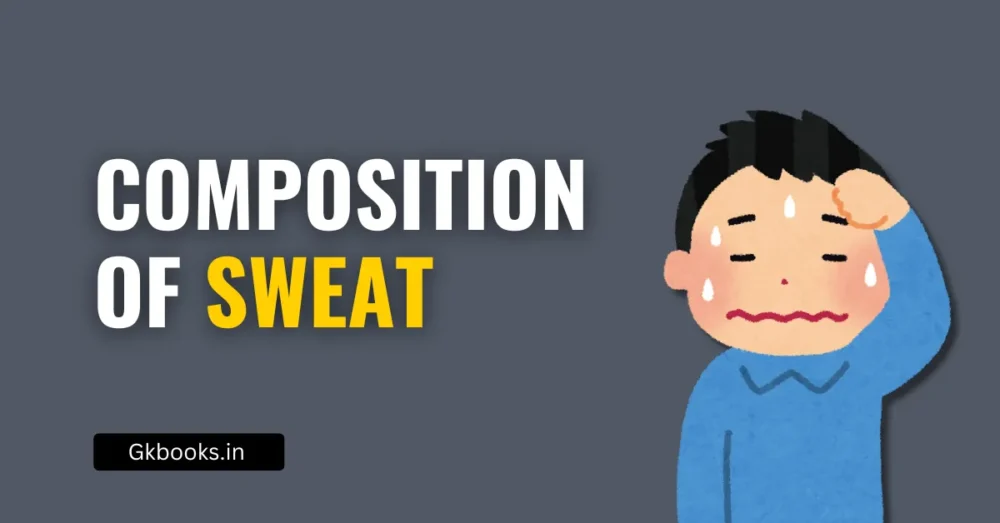Sickle Cell Anemia is a type of blood disease that affects how red blood cells work in our body. Normally, red blood cells are round and soft, but in this disease, they become hard and shaped like a sickle (a curved farming tool).
This makes it harder for them to move through blood vessels and carry oxygen. In this blog post, you will find complete and easy-to-understand notes on Sickle Cell Anemia. These notes are very useful for General Science questions in SSC, Banking, RRB NTPC, UPSC, and all State-level competitive exams.
We explain everything in a simple way—what causes the disease, its symptoms, treatment, and more. Whether you’re preparing for a big exam or just want to learn something new, this guide is perfect for quick revision. Stay focused and keep learning—science can be fun and scoring too!
📌 What is Sickle Cell Anemia?
Sickle Cell Anemia is a genetic blood disorder that affects the shape and function of red blood cells (RBCs).
👉 In normal people, red blood cells are:
- Round in shape
- Flexible
- Carry oxygen smoothly through the body
👉 In people with Sickle Cell Anemia:
- RBCs become sickle-shaped (like a crescent 🌙 or banana 🍌)
- These cells are stiff and sticky
- They block blood flow and cannot carry enough oxygen
🧬 Why Does It Happen?
Sickle Cell Anemia happens because of a mutation (change) in the gene that makes hemoglobin.
📖 What is Hemoglobin?
- Hemoglobin is a protein in red blood cells
- It carries oxygen from the lungs to the rest of the body
In Sickle Cell Anemia:
- The body makes abnormal hemoglobin called Hemoglobin S
- This causes red blood cells to change shape and break down early
👨👩👧👦 Is Sickle Cell Anemia Inherited?
Yes, it is passed from parents to children.
| Parent Genes | Child’s Condition |
|---|---|
| Both parents have gene | Child may have Sickle Cell Anemia |
| One parent has gene | Child becomes a carrier (no symptoms but can pass the gene) |
🔍 Key Symptoms of Sickle Cell Anemia
Here are some common symptoms to remember:
- Tiredness and weakness
- Pain in the body (called sickle cell crisis)
- Swelling in hands and feet
- Frequent infections
- Delayed growth in children
- Vision problems
📝 Tip for Exams: This topic is often asked in the Biology section under Genetic Diseases or Blood Disorders.
🩺 How is It Diagnosed?
Doctors use a test called Hemoglobin Electrophoresis to find out if a person has sickle cell anemia or is a carrier.
🧪 Blood test can show:
- Shape of red blood cells
- Type of hemoglobin present
💊 Treatment and Care
There is no permanent cure for sickle cell anemia (except for rare bone marrow transplants), but treatment helps in reducing pain and preventing problems.
🔹 Treatment includes:
- Pain relievers
- Antibiotics to prevent infections
- Folic acid supplements
- Hydroxyurea (a medicine to reduce crises)
- Blood transfusions
- Healthy lifestyle and proper hydration
🌍 Who is Affected the Most?
Sickle Cell Anemia is more common in:
- People from Africa
- Some parts of India, especially tribal areas
- Middle East, Central and South America
📌 In India:
It is mostly found in:
- Madhya Pradesh
- Chhattisgarh
- Maharashtra
- Odisha
- Jharkhand
- Gujarat
✅ In recent news, the Government of India has launched the National Mission to Eliminate Sickle Cell Anemia by 2047.
📚 Important Points for Quick Revision
| 📌 Topic | 📝 Key Point |
|---|---|
| Disease Type | Genetic blood disorder |
| Affected Cells | Red Blood Cells |
| Cell Shape | Crescent or sickle-shaped |
| Hemoglobin Type | Hemoglobin S (abnormal type) |
| Main Symptoms | Pain, fatigue, swelling, infections |
| Diagnosis Method | Blood test (Electrophoresis) |
| Treatment | Pain relief, blood transfusion, medicines |
| Mostly Affects | Tribal and African population |
| Indian Government Mission | Eliminate Sickle Cell Anemia by 2047 |
✨ Easy Mnemonic to Remember: S.I.C.K.L.E
S – Shape (Sickle-shaped cells)
I – Inherited disorder
C – Crisis (Painful episodes)
K – Kids (Delayed growth in children)
L – Low oxygen carrying capacity
E – Electrophoresis test for diagnosis
Difference between Sickle cell Anemia and Thalassemia
| Feature | Sickle Cell Anemia | Thalassemia |
|---|---|---|
| Type of Disorder | Genetic blood disorder | Genetic blood disorder |
| Cause | Mutation in the HBB gene causing abnormal hemoglobin S | Mutation in genes controlling alpha or beta globin chains |
| Type of Hemoglobin Affected | Hemoglobin S (HbS) | Hemoglobin A (reduction or absence of α or β chains) |
| Inheritance Pattern | Autosomal recessive | Autosomal recessive |
| Shape of RBCs | Crescent or sickle-shaped | Small and pale (microcytic hypochromic) |
| Main Problem | Blockage of blood flow due to rigid, sickle-shaped RBCs | Reduced or absent production of hemoglobin chains |
| Symptoms | Pain episodes, anemia, swelling, infections, fatigue | Severe anemia, growth retardation, bone deformities |
| Regions Commonly Affected | Sub-Saharan Africa, India, Middle East | Mediterranean region, Middle East, South and Southeast Asia |
| Diagnosis | Hemoglobin electrophoresis, blood smear | Hemoglobin electrophoresis, genetic tests |
| Treatment | Pain relief, blood transfusions, hydroxyurea, bone marrow transplant | Regular blood transfusions, iron chelation therapy, bone marrow transplant |
| Curability | Curable via bone marrow transplant in some cases | Curable via bone marrow transplant in severe cases |
🔍 Quick Tip for MCQs:
- Sickle Cell = Shape problem (sickle RBCs)
- Thalassemia = Synthesis problem (less or no globin chains)
🏁 Final Words of Motivation
If you’re preparing for competitive exams, keep this in mind:
🎯 “Smart preparation means breaking complex topics into simple facts.”
Understanding topics like Sickle Cell Anemia not only builds your science foundation but also gives you an edge in Biology GK questions in exams like SSC, NTPC, WBCS, UPSC Prelims, and more!
📌 Practice Question
Q: Which of the following is a genetic blood disorder caused by abnormal hemoglobin?
a) Thalassemia
b) Hemophilia
c) Sickle Cell Anemia
d) Leukemia
✅ Answer: c) Sickle Cell Anemia







